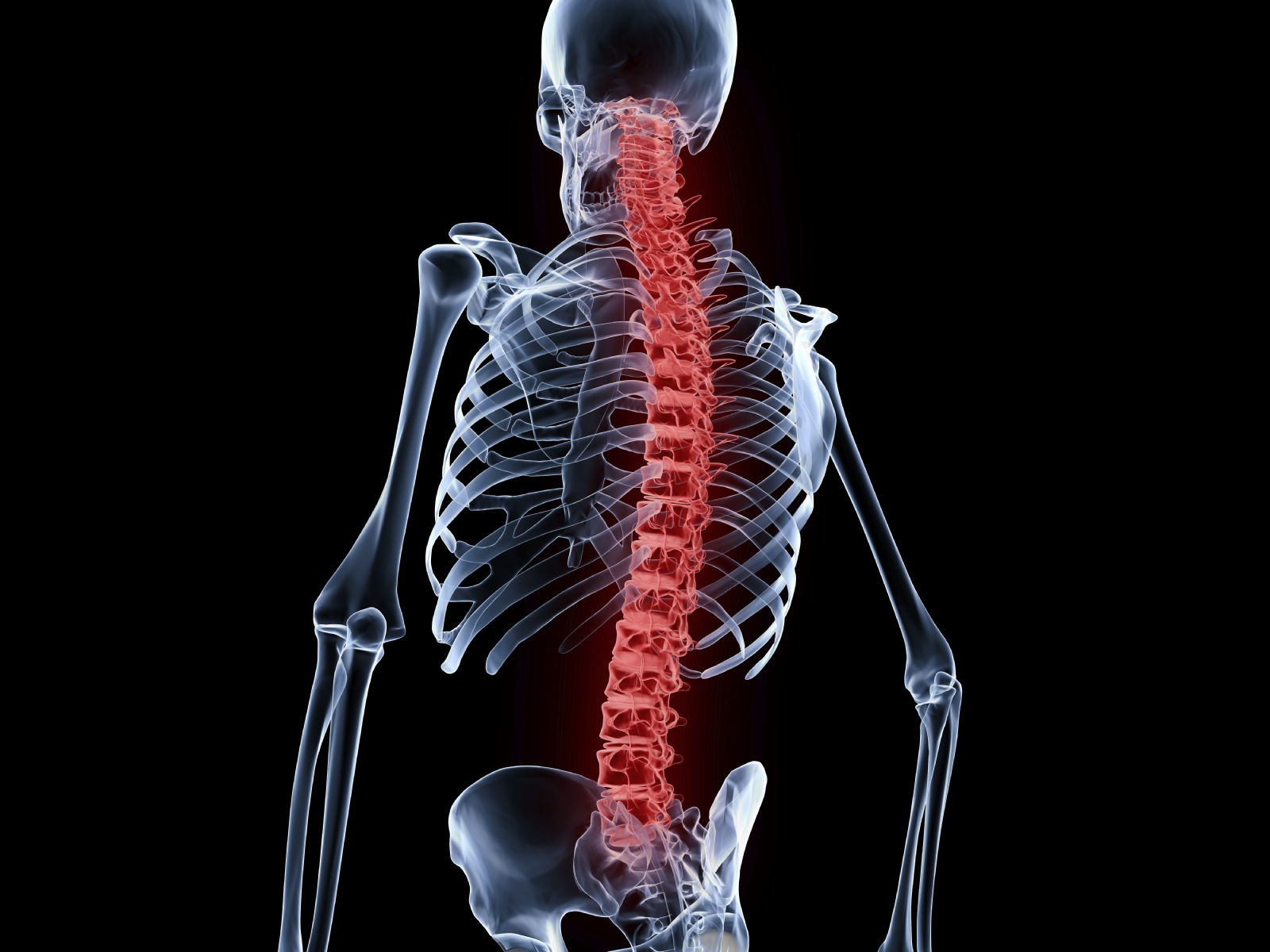Robot-assisted therapy leads to recovery from long-term paraplegia

A new study shows that the use of robot-assisted therapy and brain-machine interfacing could treat long-term paraplegia.
Published in Nature and titled “Long-Term Training with a Brain-Machine Interface-Based Gait Protocol Induces Partial Neurological Recovery in Paraplegic Patients”, the study was conducted by a group of international researchers led by Miguel Nicolelis, neurobiologist at Duke University.
The study involved eight patients with chronic paraplegia who were completely paralysed between three and 13 years.
Participants were enrolled on what the researchers called the "Walk Again Neurorehabilitation (WA-NR) protocol". In initial stages of the 12-month training programme, participants were trained to control a 3D avatar by imagining moving their arms and legs. Later, participants would move on to controlling a robotic gait in the same way before moving onto a brain-controlled robotic exoskeleton in the final stages of the study. Patients also trained for many hours with a traditional robotic gait trainer throughout the 12 month period.
By seven months, all participants showed signs of recovery in motor ability. By the end of the trial, the recovery stabilised in all subjects.
All patients also significantly improved their ability to walk independently as well showing improvements in gastrointestinal function and skin condition.
“We are really pleased that more and more studies like this are conducted and published,” said Dr. Gery Colombo, CEO of leading robotic and sensor-based movement therapy company Hocoma. “After the American heart/stroke association (AHA/ASA) already officially recommended the positive effects of robotic therapy for patients with stroke earlier this year, this study confirms reports and feedback we receive on a daily basis from our clinical partners."
Hocoma produces various forms of robotic assistance products including intensive gait therapy devices Lokomat and Andago, upper extremity functional therapy device Armeo, and robotic mobilization and functional electrical stimulation in early rehabilitation machine Erigo.
Outside of Hocoma, various institutes are investigating the use of brain-machine interfaces (BMIs) to treat disabilities. For example, the BrainGate programme specialises in utilising the technology to help those with issues in communication, mobility, and independence due to neurological disease, injury, or limb loss.
Earlier this year, a paraplegic man partially regained the use of his hand through a similar system. The 'neural bypass' procedure consisted of a chip implanted in his motor cortex that would relay signals to a computer. The computer would then translate the signals and relay them to a 130-electrode sleeve worn on his forearm, stimulating the muscles controlling hand dexterity enough to allow him to play the guitar.











